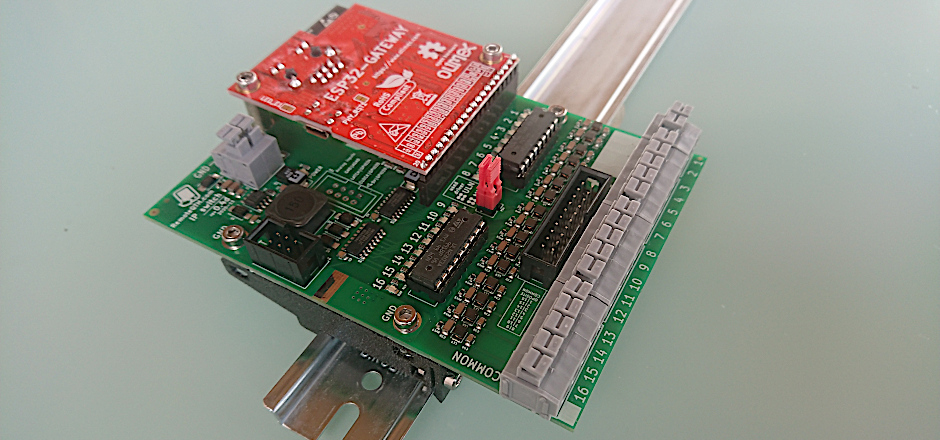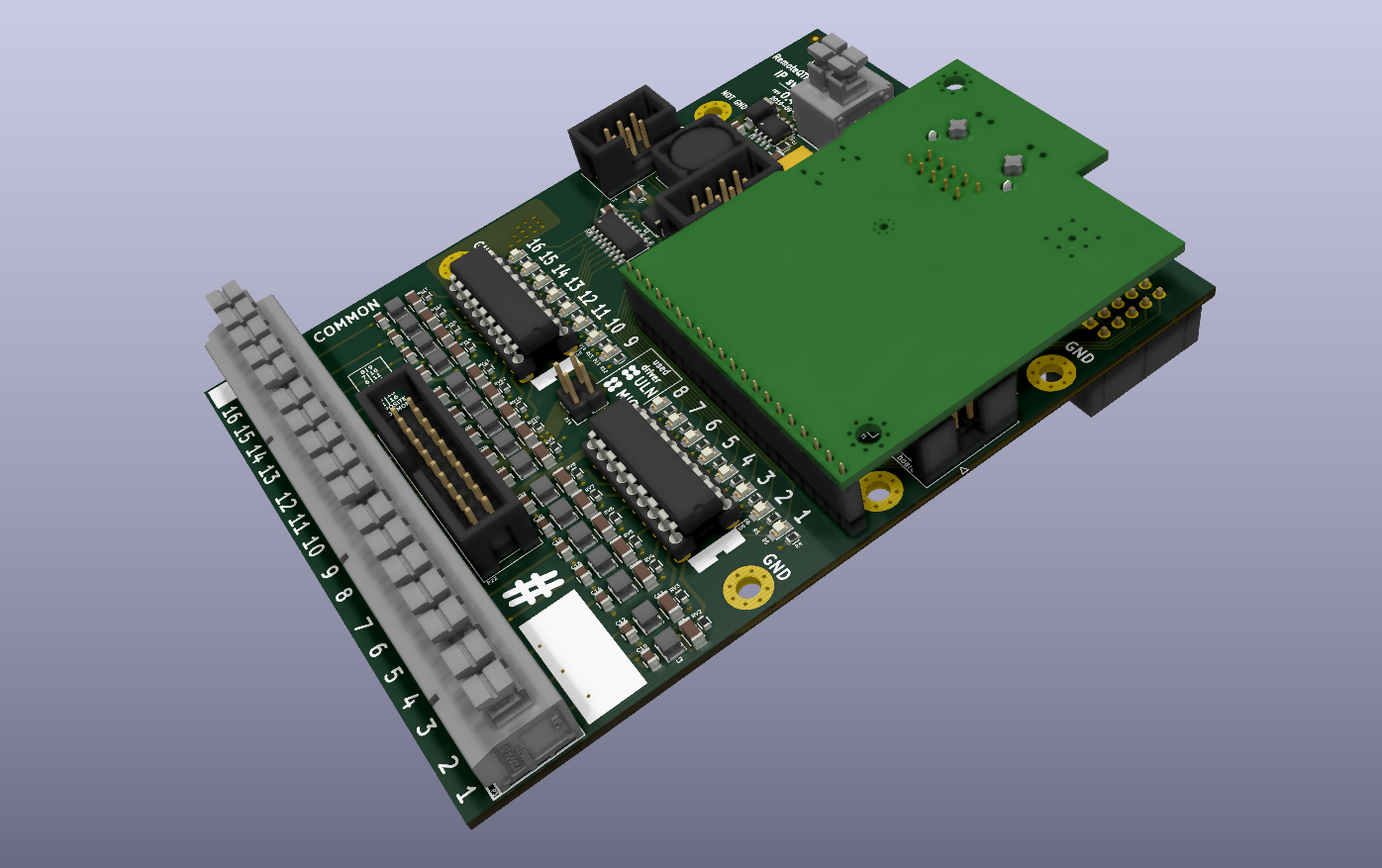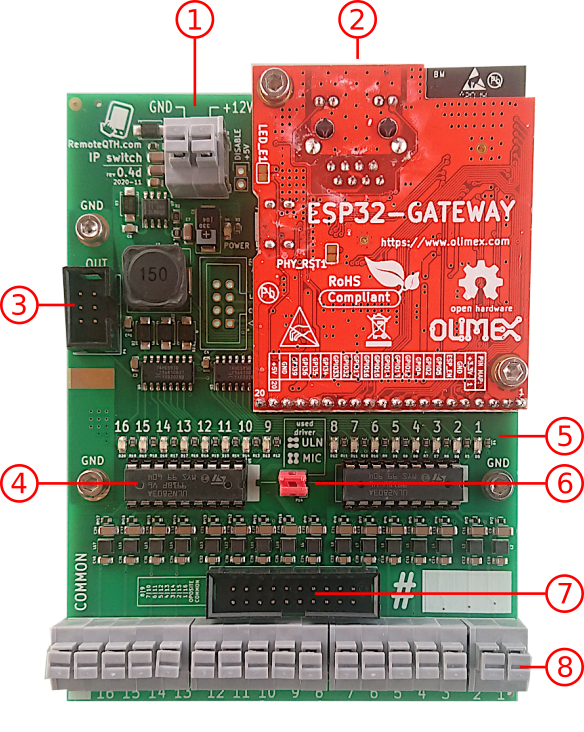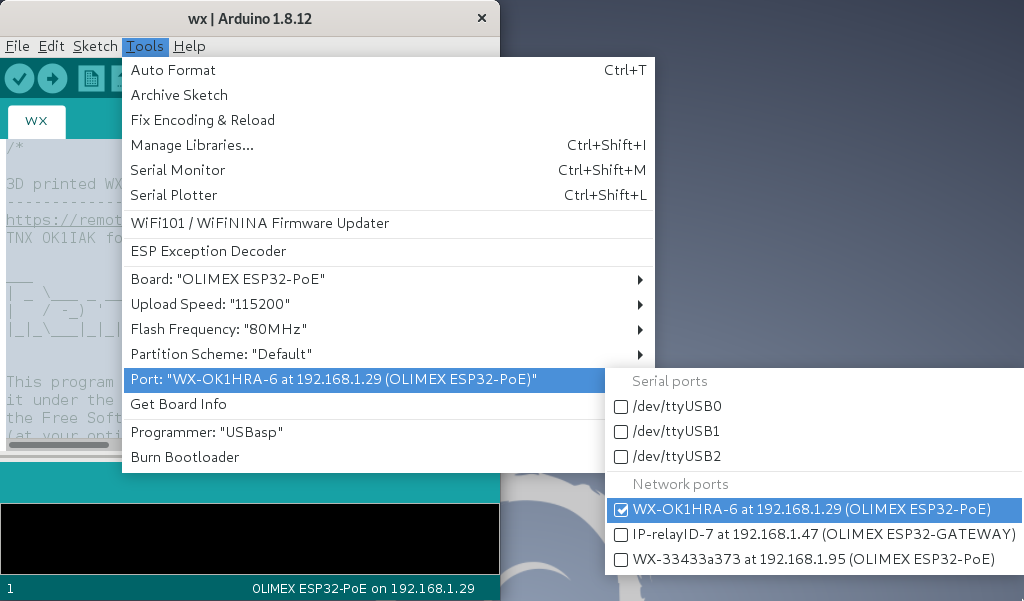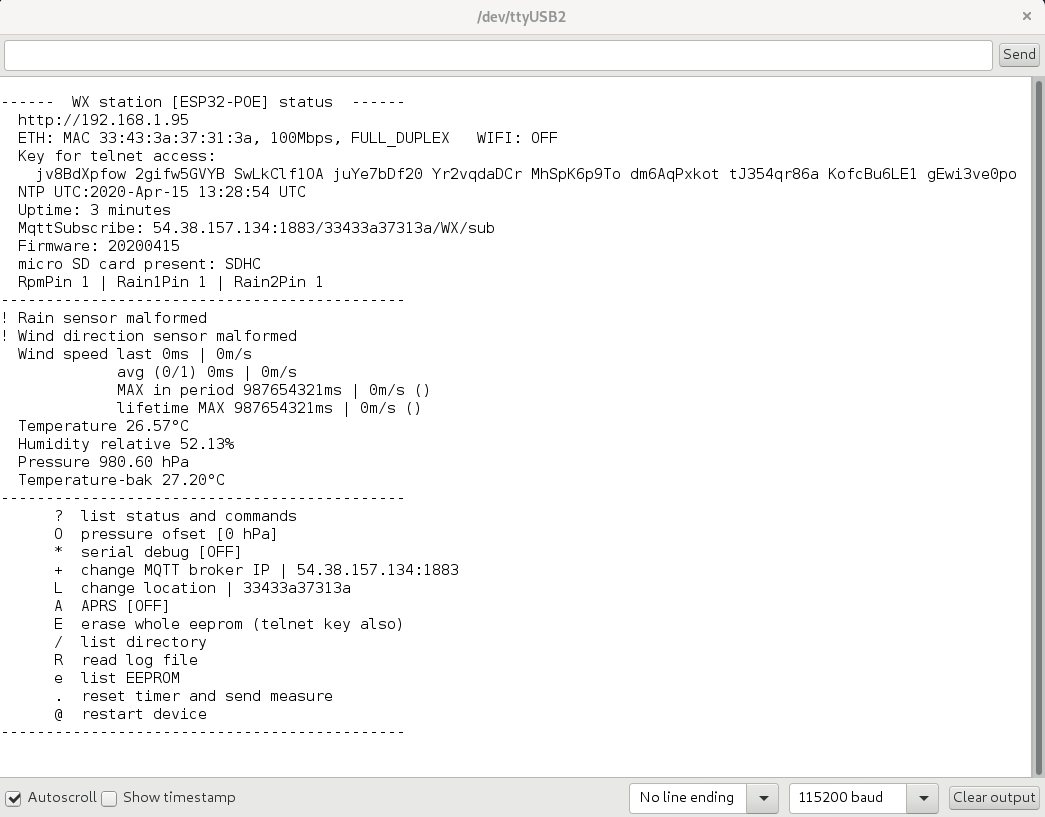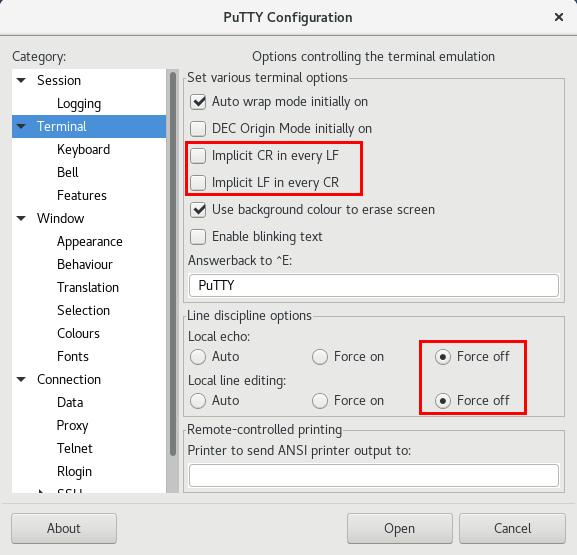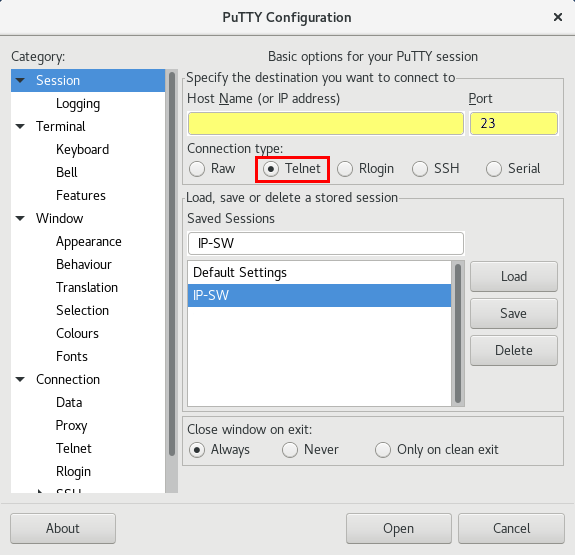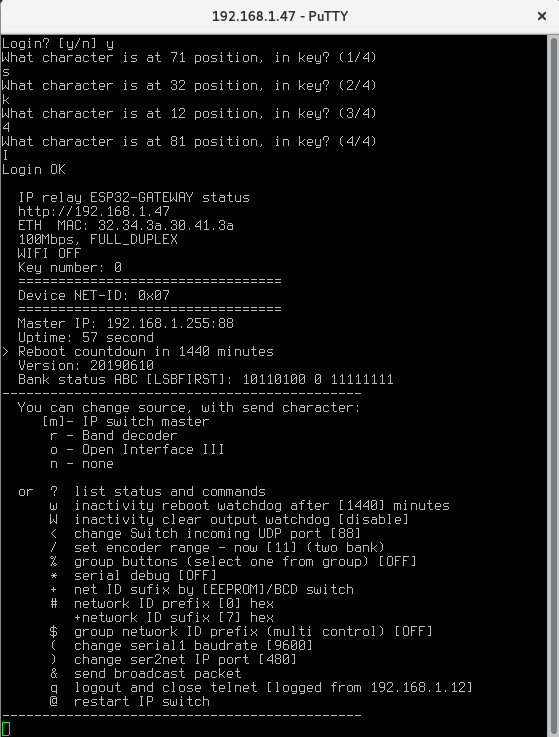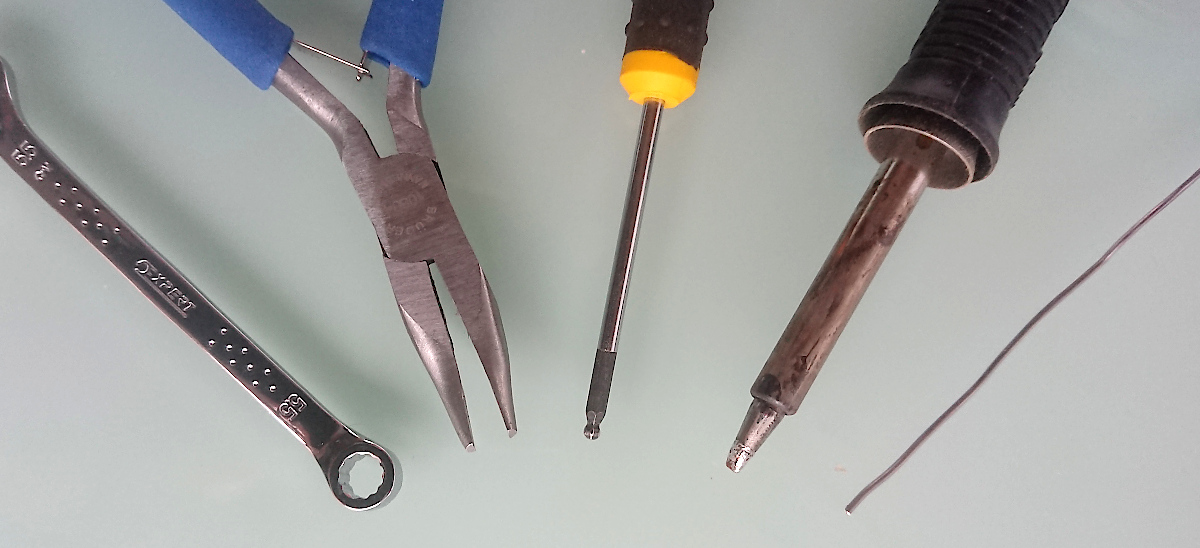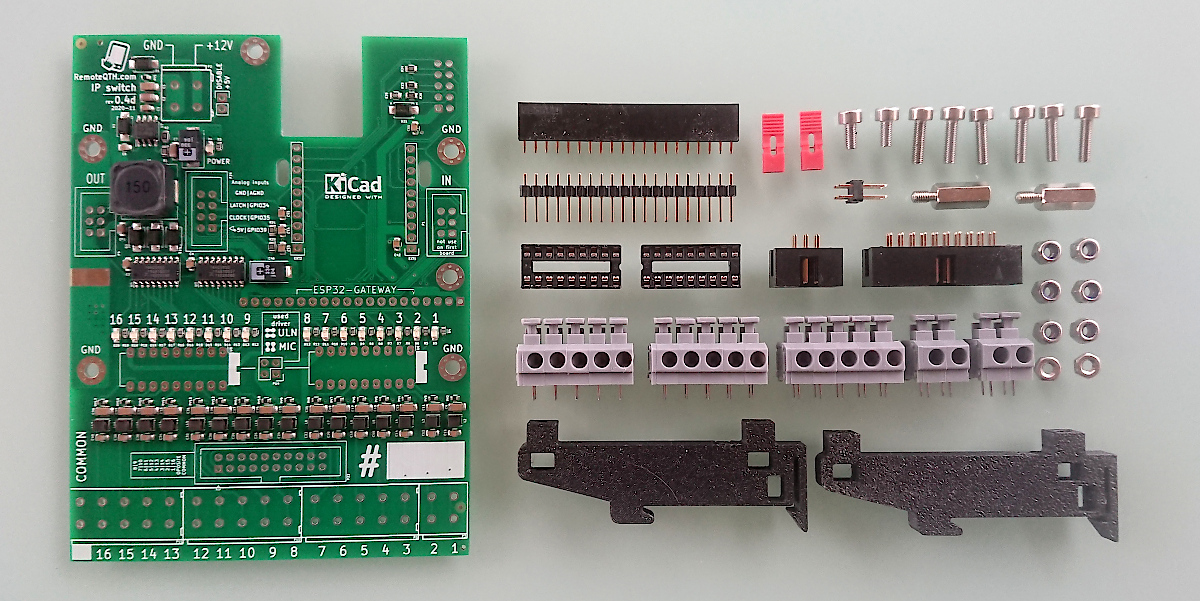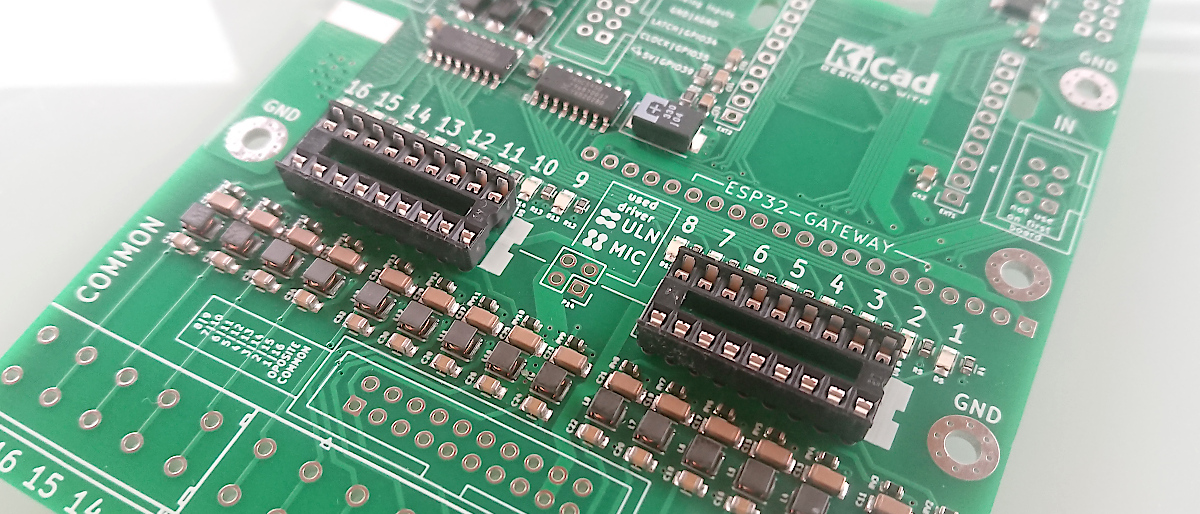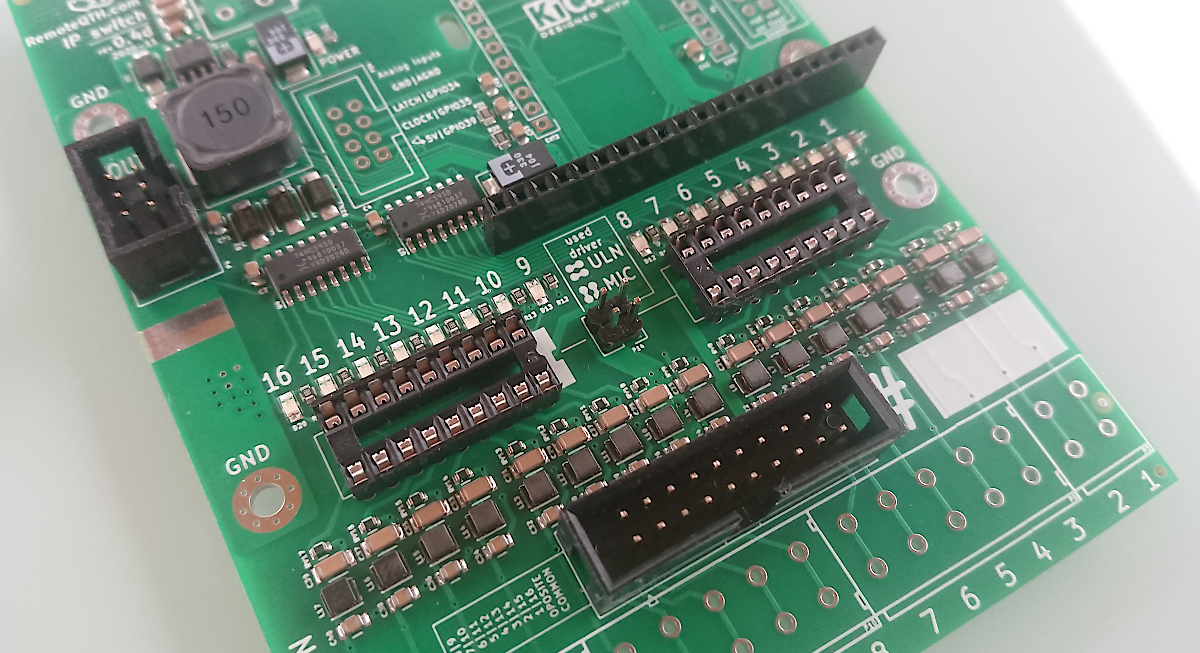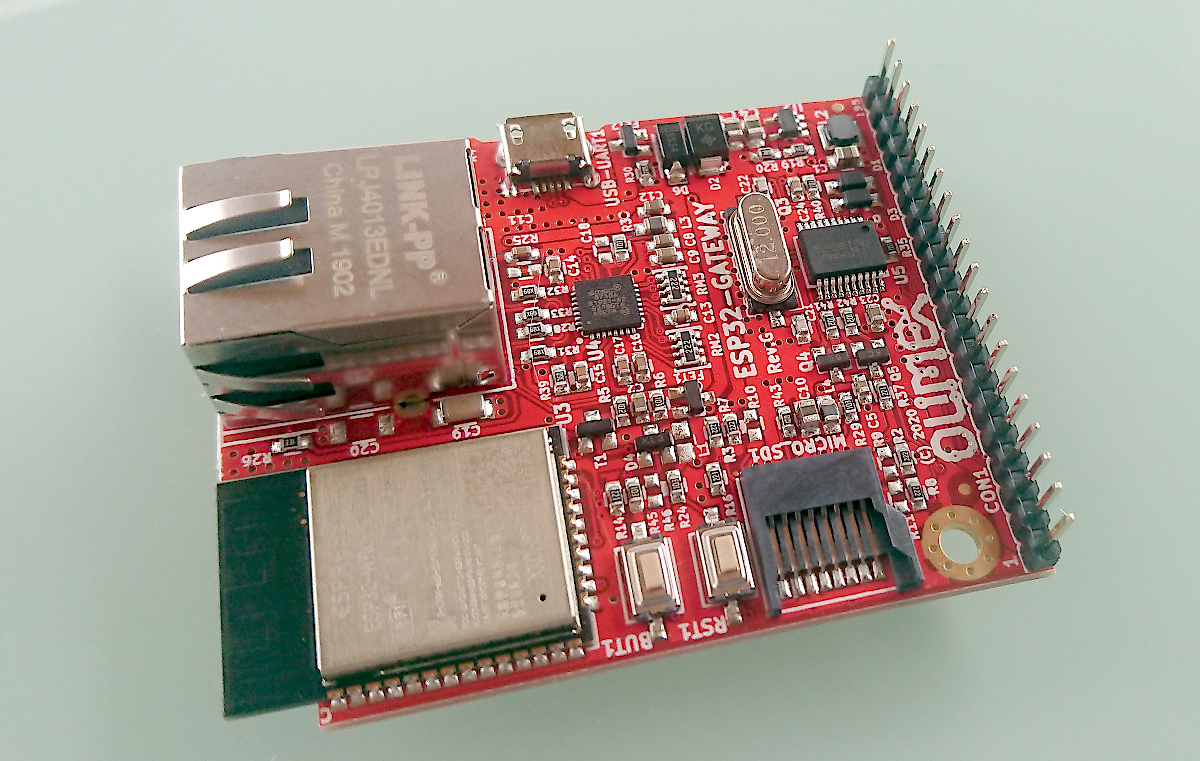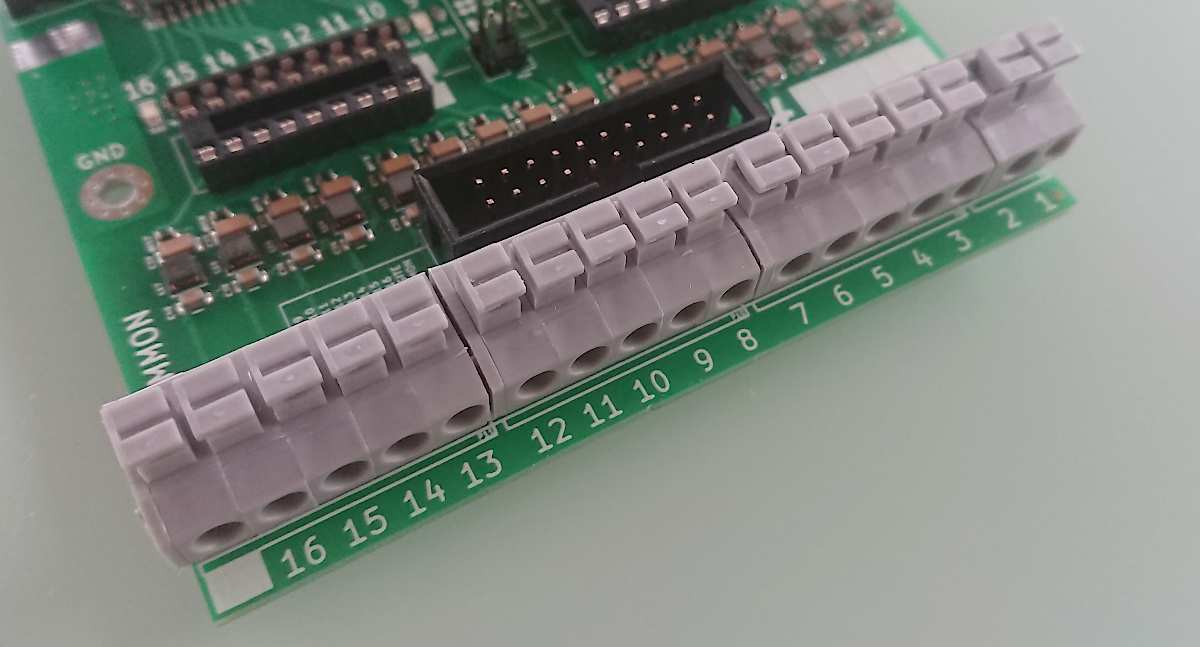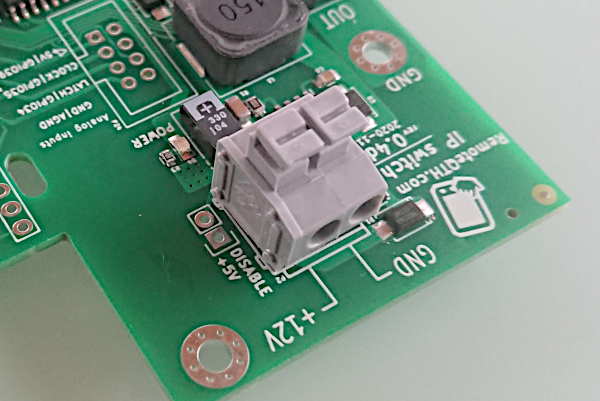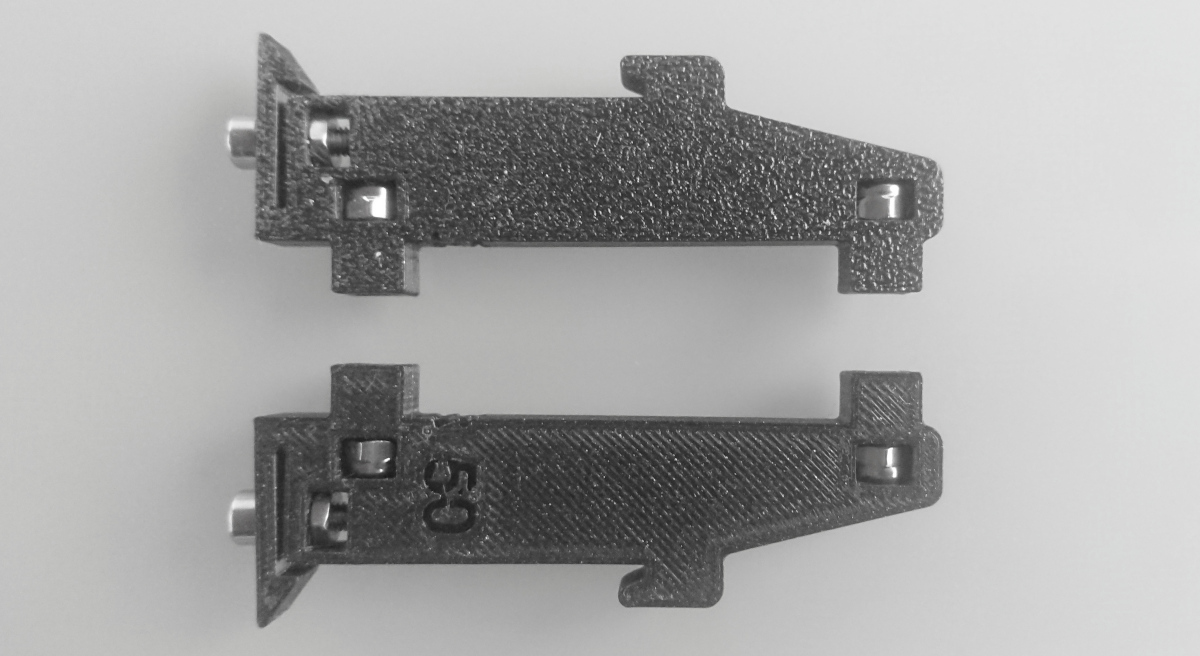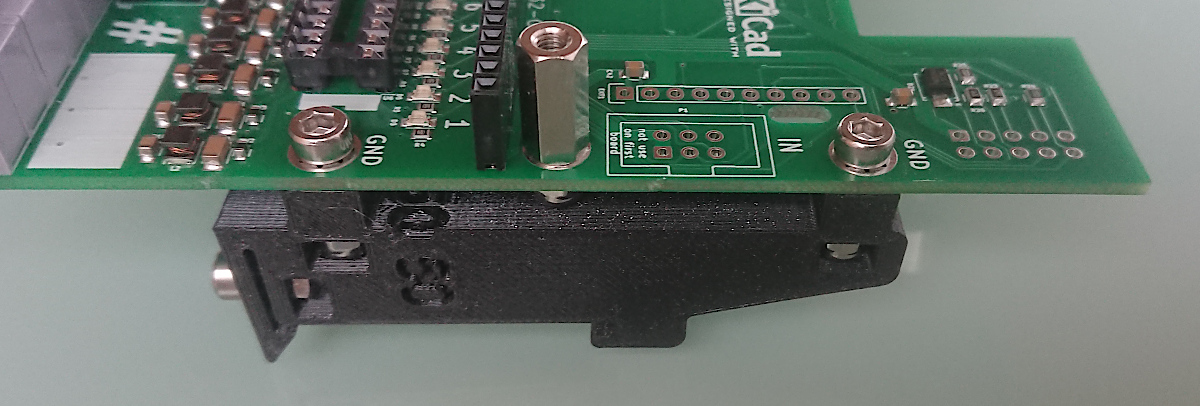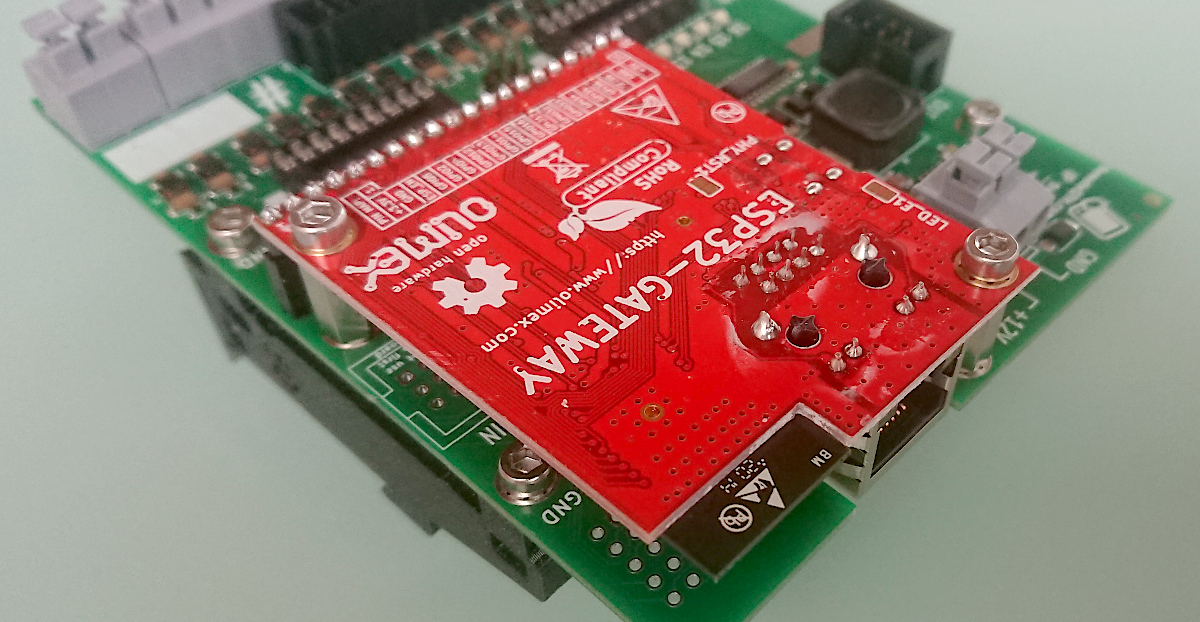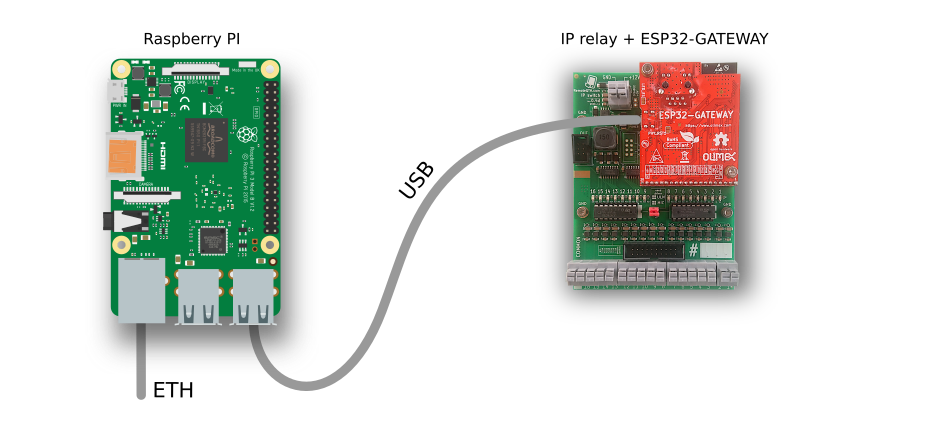This is an old revision of the document!
Table of Contents
IP switch 0.4c
Key features
- 16 ethernet controlled outputs with optional expandable board
- Based on Olimex ESP32-GATEWAY ethernet module
- Configure open emitter or open colector outputs
- Simple “Wago” like terminal output connection
- 12-14V power (step down included)
- Optional color LCD display with touch screen support - not implemented
- Connect optional relay board with one flat cable
- Analog input optional connector
- DIN rail mount
Hardware
- Power supply (12-14V DC)
- Ethernet RJ45 connector
- Optional expand board connector
- Output driver with open collector or emiter
- LED light shown enabled output
- Two jumper for select output driver are used
- Connector for 16 relay board connected wth flat cable
- 16 output and common terminal (50V/500mA MAX) use for
- relay power if use open colector ULN driver
- relay GND if use open colector MIC driver
Sources
Firmware upload
- Install Arduino IDE
- Install ESP32 support from GitHub
- prefered via board manager
- Download firmware from GitGub
- Select menu Tools/Board:“OLIMEX ESP32-GATEWAY”
- Connect micro USB between ESP32-GATEWAY and PC
- Select menu Tools/Port/YOUR-CONNECTED-PORT
- Upload firmware
- password for OTA upload is remoteqth
Configure CLI
First step need get IP addres and telnet acces key
- After first upload firmware via USB, open serial monitor in Arduino IDE (Ctrl+Shift+M) and set
- baudrate to 115200
- No Line ending
- copy and save
- IP address
- Key for telnet access (100 characters)
Second step connect remotely via IP
- Download and install PuTTY
-
- select Telnet
- port 23
- write IP address (saved from first step acces)
- Sessions may be saved for next time
- for connect press Open
- Login confirm with press y
- Now answer four times the question of what character is on random selected position, in your key (key saved from first step acces)
- if you enter wrong three times, login will be blocked for next ten minutes
- After login your IP address store to EEPROM and next key will be required only if change your IP address
- for Logout press q
CLI commands
CLI contains some commands for set or show information.
Commands for set source device
- m - Manual IP switch ← THIS USED
- r - Band decoder MK2
- o - Open Interface III
Other commands, RED is important
? - show status and help
w - set inactivity time in minutes, after them IP switch will be restarted (watchdog)
before reboot store current output setting and restore after start zero value disable this watchdog
W - set inactivity time in minutes, after them IP switch will set all outputs to OFF
if you need OFF all outputs after reboot watchdog, set smaller value than it zero value disable this watchdog
/ - set encoder range (2-g) for switching one from range % - enable/disable group buttons
! - SET group for each button separately : - List group buttons in one group may be activate only one output groups are free configurable the group can be any size 2-8 buttons there may be any buttons in the group, for example 1 and 8 the number of groups is not limited
* - enable/disable serial debugging + - select get Network ID sufix from eeprom or hardware BCD switch # - set network ID
Prefix (four high bit) in hexadecimal format (0-f)
in standart mode prefix expanded range of network ID
if enable Multi control, prefix disable, and use only on master device for his idetifications
Sufix (four low bit) in hexadecimal format (0-f)
settings available if sufix get from eeprom
in standart mode sufix use for identification
in Multi control mode define group ID (id for all shared devices)
$ - enable/disable Multi control function (sharing up to 16 master device) & - send broadcast packet for find control devices in local network . - if enable Multi control, show list detected IP switch by ID prefix @ - restart IP switch

